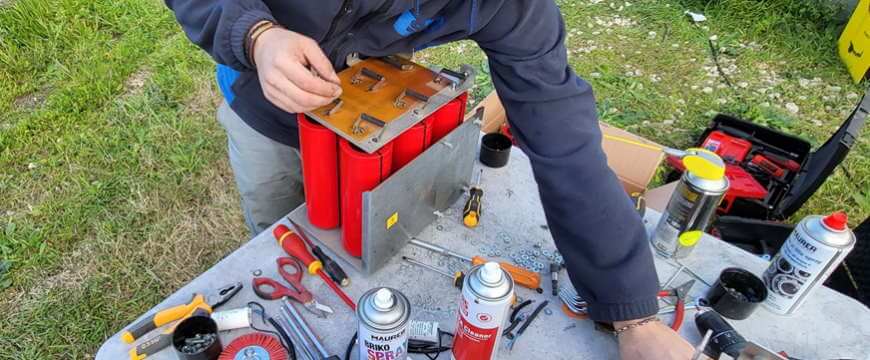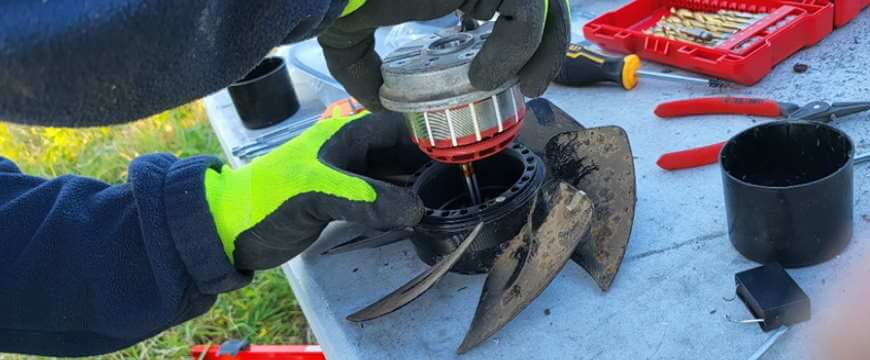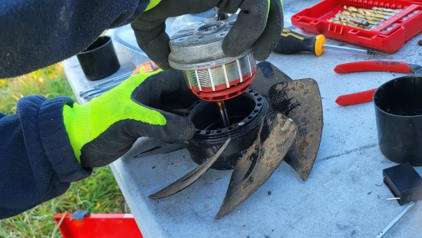An old postulate in the maintenance world states, “servicing a train that is stationary in a depot at night is easier than repairing a broken-down train on an isolated railroad track during rush hour.”
The concept is simple: having a planned preventive maintenance program and moving from reactive to proactive logic is the key to minimizing downtime (and costs) often caused by unexpected failures.
In the world of maintenance, there is a choice to be made between reactive and proactive approaches. Preventive maintenance falls into the category of proactive approaches, essentially preventing problems before they occur, as the name suggests. Waiting on the sidelines for a failure to occur is known instead as reactive maintenance. Obviously, doing preventive maintenance, thus taking a proactive approach, does not completely rule out the possibility of unexpected failures and thus the need for reactive intervention; however, it is now well established that designing and implementing a preventive maintenance plan can reduce the probability of downtime due to unexpected failure by up to 70%.
Taking a proactive approach to maintenance is all the more beneficial the more the machinery being maintained underlies “Always On” production processes. Think, for example, of renewable energy production facilities; take photovoltaics as an example.

In this particular area, every kWh not produced is a kWh lost. This simple axiom stands to demonstrate a very simple concept: energy that is not produced (for example, due to plant downtime), can no longer be recovered through a subsequent increase in production. The next day there will be “no more” sunshine than the day before.
At this point, it is easy to see how, in the technical and maintenance management of these production processes, avoiding failures is critical to ensuring continuity of service of the plants and optimizing the energy (and economic) performance of the underlying asset.

In the case of photovoltaic systems, it was shown that unexpected inverter failures were the leading cause (60 percent of observed cases) of system downtime and that these failures resulted in a loss of production of up to 40 percent (in the case of centralized inverters) compared to that expected, with negative repercussions on return on investment (ROI) of up to 5 percent (again in the case of centralized inverters).
Field experience suggests 10 useful tips for implementing a maintenance strategy useful for preserving inverter business continuity and minimizing the impact of any plant downtime due to unexpected failures. Here they are:
- Perform thorough Check Up of the current state of the inverter;
- Plan routine scheduled maintenance;
- Run Backup Software control and monitoring;
- Verify proper operation of on-board sensors;
- Prevent small problems from becoming big problems;
- Ensure compliance with safety-related legislative requirements;
- Make user manuals available (preferably in digital form);
- Repair and remanufacture instead of replace;
- Update scheduled maintenance plans;
- Always have a Critical Parts Kit on hand.
Following the above advice scrupulously will not completely avoid unexpected failures that, by definition, are not predictable, but it will allow you to be prepared and minimize the impact of any malfunctions on the production cycle of the generation process.
What are you waiting for? Secure your investment!